Unlock the potential of drone-assisted farming. Empower farmers with advanced agricultural drones to optimize crop production, streamline farm management, and combat crop diseases.
Welcome to Drone Farm
We offer a comprehensive range of agricultural drone services. With years of experience, we’ve harnessed our expertise to deliver high-quality services to our clients. Our team provides full support at every stage. Choose us for top-tier Drone Farming experiences!

Contents
- 1. How can drone farming increase efficiency?
- 2. Maximizing resource use with drone farming
- 3. Drone farming enhancing agricultural productivity
- 4. Drone farming for conservation of resources
- 5. Improved crop yields through drone farming
- 6. What role does drone farming play in resource management?
- 7. Boosting farming efficiency with drone technology
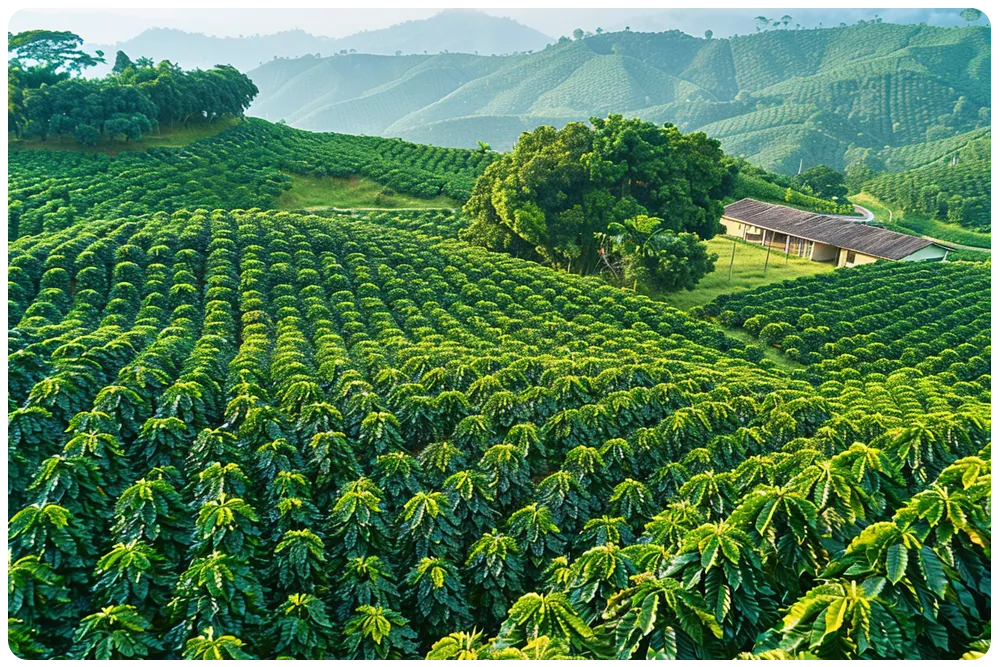
1. How can drone farming increase efficiency?
In an era where technology and agriculture blend seamlessly to produce optimum results, the agricultural drone is increasingly becoming a vital tool in enhancing farming efficiency. This advanced system revolutionizes field management and provides farmers with a fresh perspective on efficient farm management and improving crop yields.
The first factor enabling the rise in efficiency attributes to precise data collection. With a drone, farmers get an aerial view of their farm, enabling them to identify areas in need of intervention accurately. For instance, the drone can detect variations in plant height, bare spots, and color differences, indicating crop illness. By promptly acting on these signs, farmers can effectively minimize the impact of such diseases.
How does the Drone facilitate efficiency?
First, drones can monitor crop growth over various seasons. They provide images showing crop density and height, giving the farmer an unfaltering insight into the growth stages. Thus, they can make sure the crops are receiving optimum conditions for their development.
Secondly, drones can be instrumental in pest and disease detection. They can cover vast farmlands effortlessly and pick unusual patterns indicating the onset of disease or pest infestations, providing farmers with the agility to act promptly and minimize crop damage.
Thirdly, drones implement precision farming effectively. They allow the farmer to apply treatments selectively, saving resources and promoting eco-friendly practices. For instance, a farm might have areas that need additional fertilizer or pesticide. Instead of treating the entire field, the farmers can deploy their drone to apply these resources precisely where needed.
In conclusion, we can clearly state that drone technology ushers in an era of smart, efficient, and eco-friendly farming. It arms farmers with invaluable data and insights, pushing farming efficiency to unparalleled heights and opening avenues for a more sustainable agricultural future.
As more farmers grasp the potential in drone farming, we anticipate a remarkable shift towards data-driven agriculture that’s not only about survival but also about thriving and producing more from less. Hence, drone farming stands at the forefront of modern agriculture.
2. Maximizing resource use with drone farming
Welcome to a revolutionary era in agriculture, where the utilization of drone farming brings heightened efficiency and magnified crop production. The purpose of this insightful chapter – “Maximizing resource use with drone farming” – is to shed light on the potent aspects of implementing drone technology in agriculture.Firstly, drones have brought a new perspective to agricultural resource management. Scanning vast tracts of farmland with high-resolution imagery, drones enable farmers to manage resources efficiently. They capture real-time data, enabling quick decision-making, consequently minimizing wastage, enhancing productivity, and ensuring the optimal use of water, fertilizers, and other inputs.
Steps to maximize resources with drone farming
- Land Analysis: At the outset, drones perform a thorough survey of the farmland. Offering a bird’s eye view helps identify the most fertile areas, moisture levels, and potential threats.
- Data Collection: Equipped with advanced sensors, drones scan the field, collecting important data about plant health, height, and crop density, which aids in targeted resource distribution.
- Actionable Insights: Using algorithms to analyze the collected data, drones provide actionable insights, enabling farmers to deploy resources more strategically, thereby minimizing wastage and maximizing yields.
- Ongoing monitoring: Regular drone surveys reveal changes in field conditions and plant health, alerting farmers about potential crop illness long before it becomes a large-scale problem.
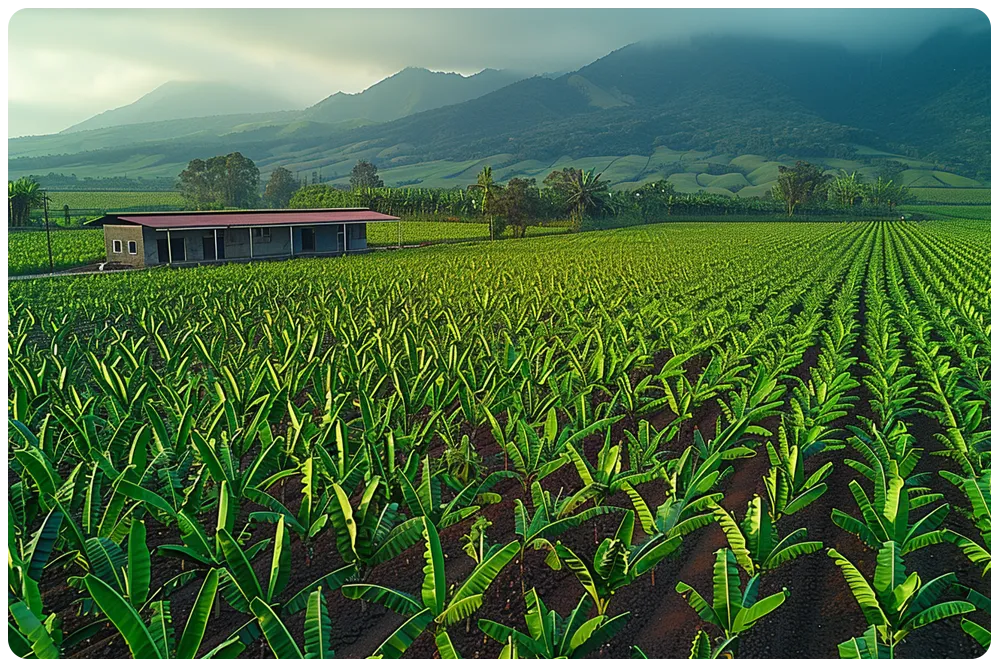
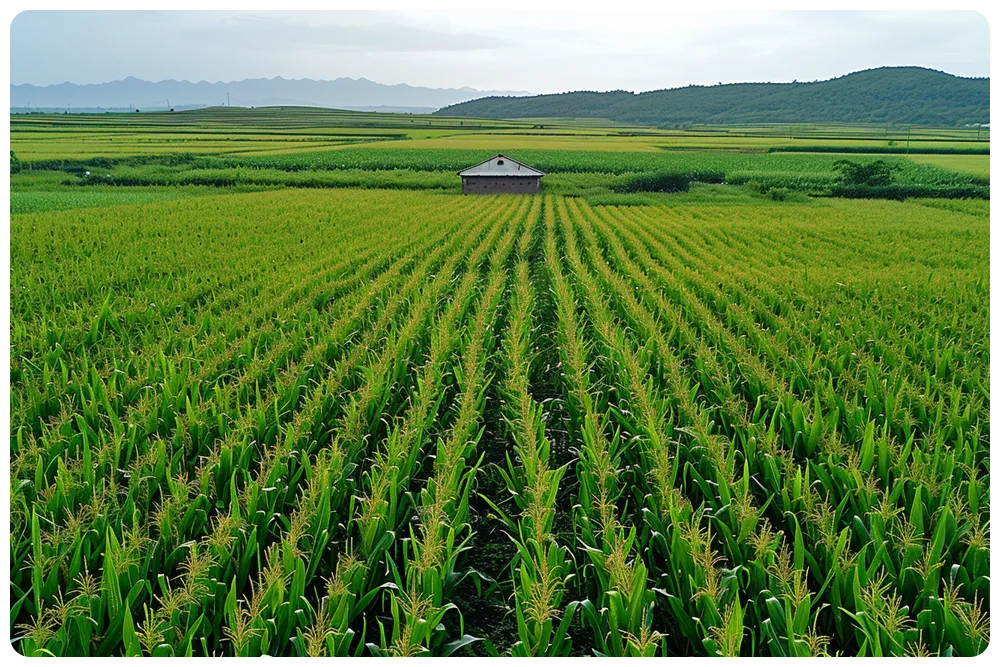
3. Drone farming enhancing agricultural productivity
Discover firsthand how a single drone can revolutionize agricultural productivity! This cutting-edge technology has been harnessed to generate remarkable improvements in farm management, efficiency, and crop yields. With drone farming, resources are used with exceptional precision, reducing waste, and maximizing output.How does drone farming work?
Employing the latest high-quality imaging technologies, a drone meticulously inspects your farmland, capturing detailed aerial images. This overview provides invaluable information about crop health, soil condition, and potential pests or disease threats.The Efficient Use of Resources
Drone farming ensures every drop of water, every grain of fertilizer counts. Directing resources accurately to where they’re needed the most leads to phenomenal savings without compromising yield quality.
Boosting Crop Yields
Drones do more than just resource management; they actively help increase your crop yield. By identifying and alerting farmers about crop disease early, drones minimize disease spread and damage, preserving your crop’s overall health and yield.Enhancing Farm Management
The farm management benefits drones bring are unparalleled. Using consistent, real-time data from drones, farmers can make informed decisions about crop rotation, optimal planting times, and the most beneficial harvest periods, streamlining overall farm operations.Through the use of drone farming, efficiency and productivity no longer need to be a balancing act. Explore the boundless potential of agricultural drones today, and set your farm on the path to higher output, reduced waste, and robust yields. Embrace the future of farming!
4. Drone farming for conservation of resources
Drone farming stands at the forefront of technological integrations in agriculture, encompassing applications that improve efficiency and conserve resources. The revolutionary approach relies on drone technology to enhance field management, thereby increasing crop yield and resource efficiency.
Agricultural drones are invaluable tools in modern farming. They offer precise data collection, reducing time spent on manual labour and promoting energy conservation. Using visual, thermal and multispectral sensors, drones can monitor crop health, watering needs, and pest invasion, all from an elevated standpoint. This ensures prompt detection of crop illness and aids in tactical decision making.
Let’s delve further into how these drones optimize resources:
- Water Conservation: Drones can assess the hydration levels of crops, determining areas that need more or less water. This leads to precision irrigation, significantly reducing water wastage.
- Pest Control: Visual and thermal sensors in drones can detect pest activity early on, enabling farmers to use pesticides only in the affected areas, thereby preventing unnecessary usage of chemicals.
- Crop Monitoring: Drone technology allows for comprehensive monitoring of large and inaccessible farmlands. This bird’s eye view helps farmers save time and effort on physical inspections. They can thus concentrate more on strategic duties.
- Disease Detection: Drones can identify unhealthy plants and signs of disease, enabling early intervention and area-specific treatment. This helps to prevent disease spread, safeguarding overall yield.
Drone farming, hence, is not just a tech-savvy approach, but a sustainable one. It maximizes production while conserving resources, making it a game-changer in the farming industry.
So whether you’re a seasoned farmer seeking to augment your outcomes or a new entrant exploring efficient farming, drone farming truly takes productivity and resource conservation to new heights.
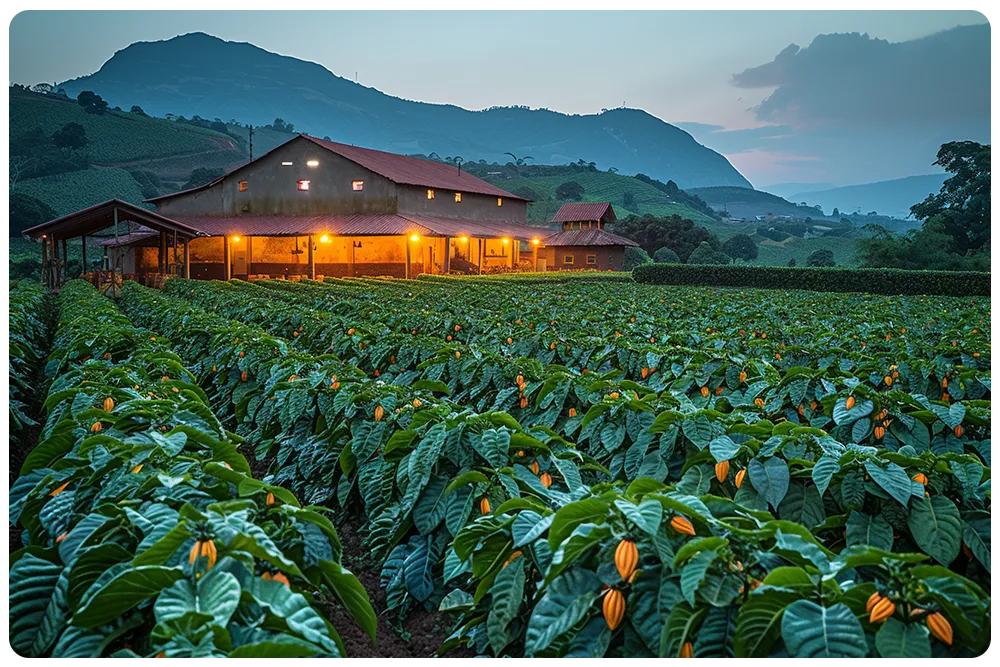

5. Improved crop yields through drone farming
If you delve into the realm of agricultural revolution, the most cannabis sector involves the marriage of farming and technological prowess. This union results in a phenomenon we term as drone farming. This term embraces the utilization of flying robotic technology – a drone, in everyday agricultural roles. For this purpose, we will explore one of the prime benefits of integrating drones into farming practices: the enhancement of crop yields and resource efficiency.Emerging as an optimized alternative, drone technology has considerably impacted traditional farming techniques. The drone transcends the physical limitations of human-driven inspections, offering a comprehensive aerial perspective. By scouting vast acres of farmland, the drone gathers essential data related to crop health, irrigation needs, and soil fertility.Here’s a basic outline of how farmers can leverage drone technology to enhance yield:
- Detailed topographic maps generated by the drone can pinpoint uneven regions of the field. This information allows farmers to optimize watering and planting protocols, thus mitigating resource wastage and optimizing crop yields.
- The drone can monitor the crop’s health using sensors to detect plant stress signals. Stressful conditions like nutrient deficiencies or disease infestations can be rapidly mitigated, preventing potential crop losses.
- Drones equipped with multispectral sensors can detect variances in crop coloration, indicative of disease or pest infestation. Swift identification allows for targeted intervention and mitigates widespread damage.
- Using a drone, farmers can substantiate irrigation efficiency and ensure that water isn’t wasted on areas of the field that aren’t growing crops.
6. What role does drone farming play in resource management?
Agricultural Drone: A Powerhouse for Resource Management
In today’s advanced agricultural landscape, the role of a drone is transformative, offering increased efficiency and improved crop yields. This singular unmanned aerial vehicle not only optimizes resources but also revolutionizes the way farm management is conducted.
With a farming drone, farmers can monitor large fields quickly and accurately, leading to substantial savings in both time and labor. The drone, equipped with sensors and imaging capabilities, provides real-time data, eliminating guesswork and leading to precise field analysis.
Efficiency Boost: A Drone’s Role in Agriculture
By leveraging drone technology can tackle issues such as under-fertilization, overwatering, and disease localization. A drone can identify nutrient deficiencies, assess irrigation systems, and detect plant illnesses before they spread, significantly reducing crop loss.
Increased productivity: Drone technology allows farmers to monitor crop health from a bird’s eye view, making it easier to identify areas that need attention and react promptly, reducing waste and increasing productivity.
Water conservation: Drones equipped with moisture sensors can determine the varying hydration needs of crops across different areas of the field, allowing for optimal irrigation. This leads to significant water conservation, a crucial aspect of sustainable farming.
Disease control: Drones can identify and localize crop illness at an early stage, minimizing the damage and cutting down the costs associated with widespread disease control.
These benefits substantially increase the efficient use of resources on a farm, resulting in increased overall yield. With drone farming, agricultural practices are shifting towards precision, sustainability, and superior management tactics.
In the evolving landscape of agriculture, the crucial role of the single drone is undeniable. It not only optimizes resources but also paves the way for high-tech, progressive, and efficient farm management.

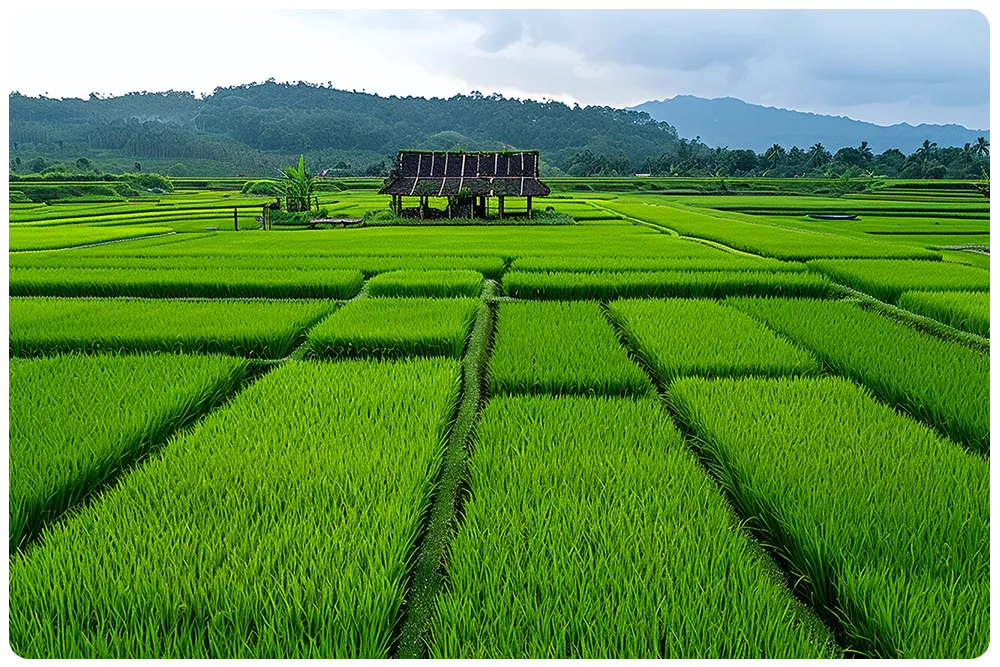
7. Boosting farming efficiency with drone technology
Welcome to our portal on agricultural drone technology, a comprehensive source code of knowledge aimed at maximizing crop production and streamlining on-farm management solutions. Here, we delve into the transformative effect of this innovative tool, offering insights into its varied applications and highlighting its impact on farming efficiency.Our primary focus revolves around how the drone has remodeled the farming industry through enhanced efficiency and increased crop yields. It’s a technological marvel, enacting positive changes in the agricultural sector and ushering in a new era of precision farming.A drone’s high-tech abilities range from conducting detailed field analysis to optimizing crop health. It ensures accurate deployment of resources and provides an eagle-eye perspective, letting farmers manage operations more efficiently. Here’s how it works:
- A drone can conduct a thorough and detailed survey of large fields in a few hours—a task that would take days if done manually. This rapid data collection reduces the time-consuming nature of traditional farm management.
- Drones excel in monitoring crop health and early detection of diseases, ensuring immediate intervention and loss prevention. With advanced sensors capturing real-time data, diagnosing and treating crop illness has never been easier.
- Through its precision technology, a drone can assist in the targeted application of fertilizers and pesticides. This reduces excessive use, saves costs, and minimizes environmental impact.
- The drone’s imaging technology can assess soil health, enabling farmers to handle soil management more effectively. It can detect variations in moisture levels, nutrient content, temperatures, and more, aiding in precise irrigation and fertilization. Through all these operations, a drone makes farming less a game of uncertainty and more a science of precise decision-making.By weaving in drone farming for efficient resource use, the agricultural sector can reap the benefits of technological innovation—increased efficiency, higher yields, and sustainable practices. Drone technology has not only changed the way we understand farming but also how we strategize and execute it.Join us in exploring this tech-agriculture revolution, where drones and farming create a symbiotic relationship, revolutionizing the agricultural sector, one crop at a time.